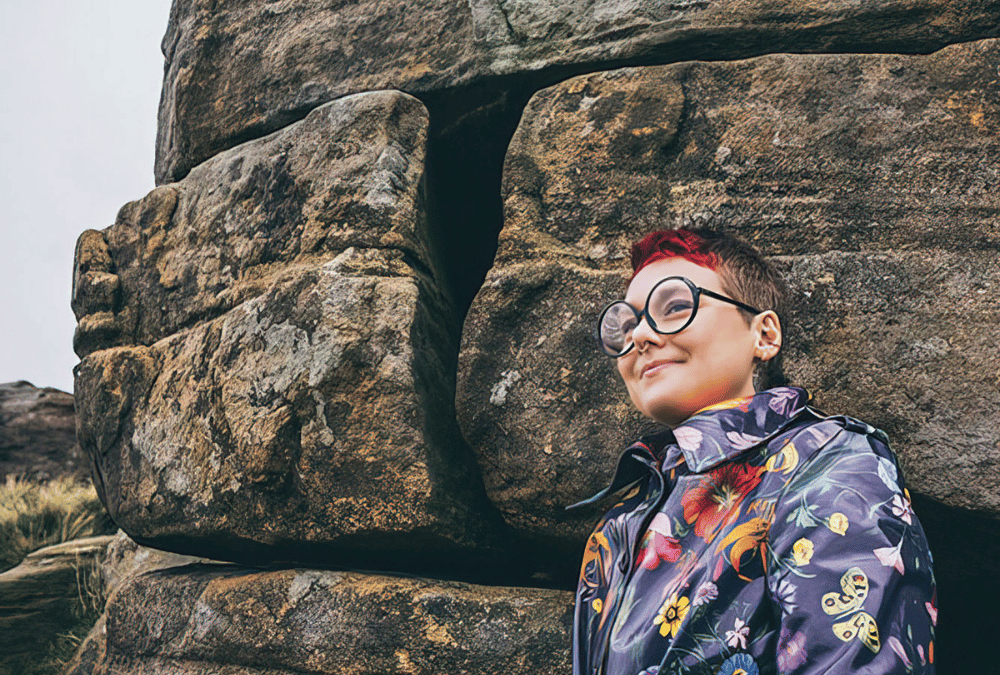Your normal composing practice is quite far from the sound world of Wagner; what is it that made you want to do this project and how is your composing practice feeding into this in a way that is augmenting Wagner?
I love the process of arranging. This isn’t arranging, but it’s a creative kind of deconstruction and reconstruction, and that process is really fascinating for me because it’s all about colour and texture. It’s not necessarily about the fundamental pieces because they’ve already been given to us by Wagner; it’s about how we can reframe that. I think it’s something we should be doing more with older work, not just in the way that OperaUpClose does with opera, but in other work as well.
Also, the context of The Flying Dutchman fascinates me plus the opportunity to work with Glyn Maxwell (librettist) on this retelling. I’m a hugely political composer and so the opportunity to visit a work that may not necessarily have been seen through that lens before and finding a new perspective is really exciting.
On a more personal level I’ve always been fascinated by different composers’ depictions of the sea. As someone who sails a lot, it’s something that’s very important to me and I’m intrigued by the way different composers orchestrate the sea and represent it. The opportunity to take Wagner’s work and reframe it in the way that we’re doing is really exciting but also deeply challenging – and I love a challenge.
What are the instruments you’ve decided on using for The Flying Dutchman, and what was your decision-making process?
The line-up that I’ve landed upon is flute with doubling, so bass flute, piccolo and alto flute; clarinet with doublings on bass clarinet; horn; percussion; accordion; violin; cello and double bass. What’s interesting, especially if you know Wagner’s scores well, is that there’s only one brass instrument in there, when brass is a fundamental feature of many of Wagner’s scores.
One of the main reasons for this is balance. In that size ensemble, if we had more than one brass instrument, it’s likely that the way the brass could be used would be limited, whereas the horn is a wonderful bridging instrument between brass and woodwind, and it blends really well. Originally, I wasn’t going to include the flute because I wanted to have more brass or something that could blend in a different way with the horn, like the soprano saxophone.
The original version is all below the flute’s register, but we had a flute in the R&D (research and development), so I had to do something with it. I found incorporating the flute as a colour and texture in the score really helped to create the atmosphere of this man at sea. So I decided to keep it in.
One of the other instruments that’s important to talk about is the accordion. The two predominant reasons for including the accordion are: firstly it’s a hugely dexterous instrument; it can blend with anything, it has a multitude of different sound qualities and it has a huge range. It can fill a lot of the space that might feel lost for the singers – it’s a really good grounding. Secondly the accordion is often associated with folk music, sea shanties and on old ships quite often they had an accordion, so it creates that sense of storytelling in the ensemble. As they are part of the story on stage, I thought the accordion would be a useful visual, not just as a sound based instrument.
The Flying Dutchman is at the Pavilion Theatre, Friday 7 & Saturday 8 July 2023, tickets are on sale now. Book here or by calling the WTM Box Office on 01903 206206.

